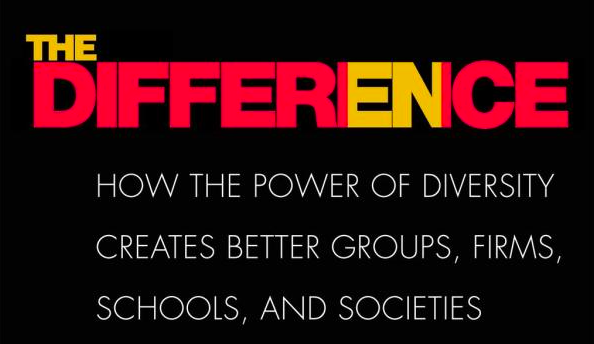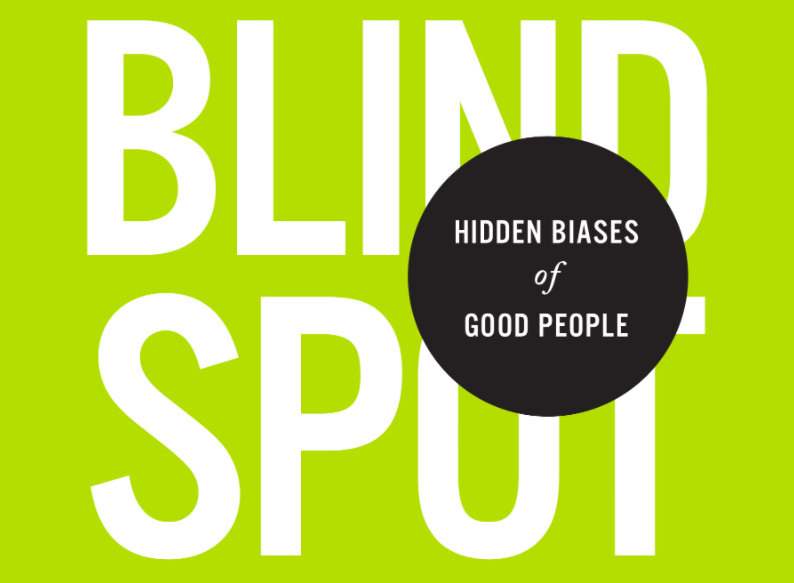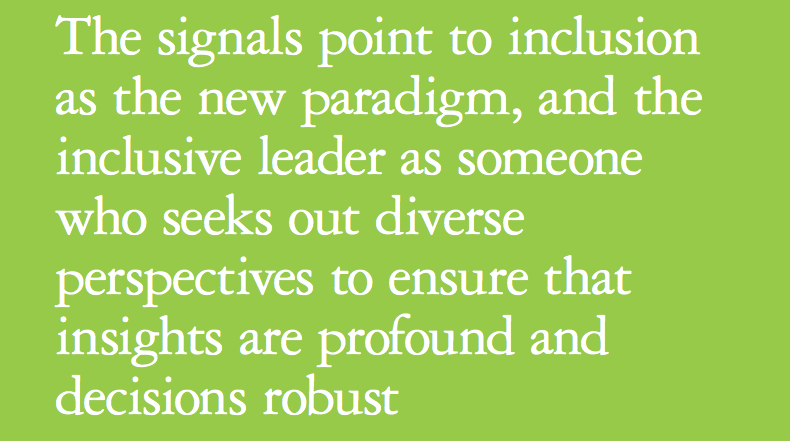Inclusive Leadership – Diversity
27th January 2017

Inclusive Leadership and the need for individuals and organisations to develop skills that encourage diversity in the workplace is a hot topic at the moment, so we thought it would be incredibly valuable to interview the leading voice in the UK on this topic.
Dan Robertson is Diversity & Inclusion Director at enei and has developed a model to help organisations deploy Inclusive Leadership best practices throughout their workplaces.
The latest collaboration between Dan and Marshall E-Learning is our new smartphone resource on Inclusive Leadership. Find out more about our Inclusive Leadership video learning resource.
Here’ s what Dan had to say about Inclusive Leadership,?diversity, unconscious bias and the role of the organisational leader.
Let’ s start with diversity and equality – do organisations still need to be persuaded of its power?
I was recently asked to present a workshop under the title of Diversity, Mindbugs and Great Decision-Making at the Lord Mayor of London’s Harnessing the Power of Diversity conference.
As I stated in my blog for the conference website I am continually amazed (dazed and confused), how often I am asked this one question by both executive leaders and middle managers: Is there any real evidence linking diversity to business performance?
For those still to be convinced, a recent Harvard Business Review article, presented new research from the New York based Centre for Talent Innovation that provides compelling evidence that diversity unlocks innovation and drives market growth. Professor Scott E. Page, in his groundbreaking research on the power of difference, has demonstrated that groups that display a range of perspectives outperform groups of like-minded experts. A 2012 research paper by Mckinsey stressed the profitability for businesses with diverse executive boards.
The business case for diversity is established and robust.
What’s stopping organisations from really investing in difference?
At enei we work with business and their leaders to consider the role of unconscious bias in their decision-making processes. Over the last few decades new research has shed light on the working of the human brain and the concept of unconscious bias. This new field of science has profound consequences for the way business leaders think about how they attract, retain and develop diverse talent pools.
According to the behavioural psychologist Daniel Kahneman there are distinctive patterns in the errors people make. Understanding these patterns helps us to shed some light on the nature of human biases. As Kahneman states, whilst we think that most of our decisions and behaviours arise in the conscious part of the brain, in fact research suggests otherwise: our automatic impressions and intuitive judgements of people takes place at the unconscious level.
How does unconscious bias affect our approach to work?
Neuro-psychologists tell us that these judgement processes are actually built into the very structure of the brain’s neurons and that unconscious biases arise partly because of the way we are socialised and later life experiences. Psychologists have identified many types of biases but a key bias that impacts decision-making in a business context is affinity (like me) bias. This bias leads us to favour people who are like us?
Research by enei found high levels of unconscious affinity bias in 3 key areas:
- Work allocation: Managers are much more likely to allocate stretching projects to people like them
- Feedback: Managers are more likely to provide critical feedback to people like them and less likely to do so to those in their out-groups
- Informal mentoring and sponsorship: Managers are more likely to offer informal advice and support to those people who belong to their existing social networks
What impact does this have in the workplace?
Our research supports the findings of Greenwald and Banaji who in Blindspots: Hidden Biases of Good People, stress that bias is often a process of helping. That is, a process of putting in a good word to a senior leader or inviting colleagues along to those key client meetings, both result in higher levels of visibility and presence for people already in the in-group.
A recent Harvard Business Review report highlighting the issues of second-generation gender bias stressed the lack of role models, gendered career paths (ingrained part-timer bias plays into this), women’ s lack of access to networks and sponsors and the double binds women who project traditional male leadership traits are viewed as competent, but arrogant. If they project traditional female traits, they may be liked, but often not respected.
How does reducing unconscious bias lead to a gain in business rewards?
My work with businesses focuses on addressing individual and group level bias. We at enei run programmes aimed at changing behaviour and removing the barriers that women and many other groups face when progressing into leadership.
Key to bias control is the role of the organisational leader. In a March 2012 paper on Inclusive Leadership, the global consulting and accountancy firm Deloitte stressed the need for leaders to widen their fields of vision and be mindful of how biases can influence perceptions, judgements and behaviours.
Another enei Member, Ernst & Young have developed a model for reducing bias thinking and developing Inclusive Leadership across its business. The model is based on 3 principles:
- Think inclusively by seeking, valuing and leveraging different perspectives to achieve successful outcomes
- Learn inclusively by eliciting and using feedback from all directions
- Act inclusively by creating a shared identity for their teams while respecting differences
As stressed within their programmes, Inclusive Leadership is not an abstract concept, it is behavioural it is what each and every one of us does as individual leaders.
How can leaders encourage a diverse workforce and address their unconscious biases?
In additional to leadership behaviour here are 10 tips on how to control the impact of unconscious bias your business:
- Be open about your biases and encourage others to reflect on their personal biases get tested!
- Create accountability in the chain of command: Ask your direct reports how are we doing on our diversity and inclusion objectives’?
- Act as a role model for inclusive behaviour
- Ensure you have robust scoring systems at interview
- Create project teams with difference in mind
- Treat people as individuals: Get to know them on multiple levels
- Allocate a piece of work to someone outside of your trusted circle
- Openly challenge bias decision-making in people management processes focus on bias with performance reviews and other blind-spots’?
- Actively sponsor someone who is different from you
- Create culture change by focusing on the long-term perspective rather than quick fixes
Thanks for answering our questions, Dan!
Dan Robertson is currently Diversity and Inclusion Director at enei. He is widely regarded as a subject matter expert on inclusive leadership, unconscious bias and inclusion management. You can contact him on Dan.robertson@enei.org.uk / enei.org.uk
The latest collaboration between Dan and Marshall E-Learning is our new smartphone resource on Inclusive Leadership. Find out more about our Inclusive Leadership video learning resource.




